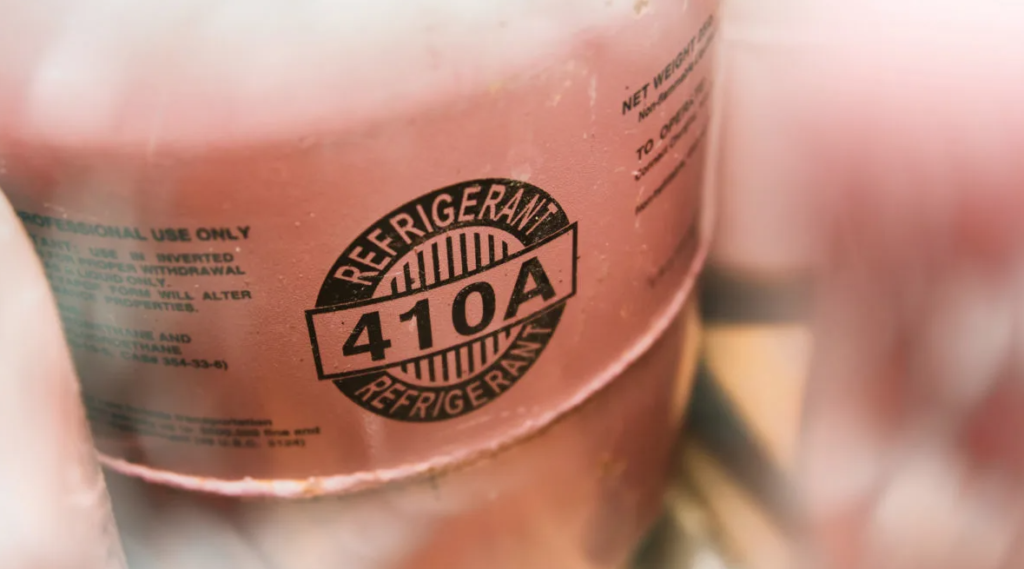The senate has ratified the stop to the hydrofluorocarbons with 69 yes and 27 no
(Sustainabilityenvironment.com) – The United States has officially ratified the Kigali Amendment to the 1987 Montreal Protocol to Cut Hydrofluorocarbons (HFCs), powerful greenhouse gases, in addition to CFCs already standardized. With 69 votes in favor and 27 against, the US Senate has also completed the last formal step to make operational the phase-out of HFCs, already prepared by EPA, the National Agency for Environmental Protection, at the beginning of the mandate of Joe Biden.
HFCs are gases usually used for the production of insulating foams, air conditioning and refrigeration systems. Also known as fluorinated gases, they are among the main ones responsible for the ozone hole along with CFCs and strongly impact global warming. They generally have a climaltering power hundreds and often thousands of times greater than that of CO2.
For this reason, an international agreement has been reached to cut production and consumption.
The Kigali amendment, drafted in 2016 and entered into force in 2019, allows adherents to immediately cut their HFCs, consuming and producing no more than 20% of their basic hydrofluorocarbon quotas. The final horizon for the phase-out is 2036 for developed countries, 2045 for the second group of countries including China, Brazil and South Africa (which can start cutting in 2024) and 2047 for a third group of countries including, among others, India (which can start cutting in 2028).
The EPA plans to exceed the threshold recommended by the HFC amendment to -85% by 2036. Overall, the agency calculated that this would prevent the equivalent of about 900 million tons of CO2 from being released into the atmosphere during that period. While the impact of the amendment on a global level should avoid global warming of about 0.5 ºC by the end of the century.

